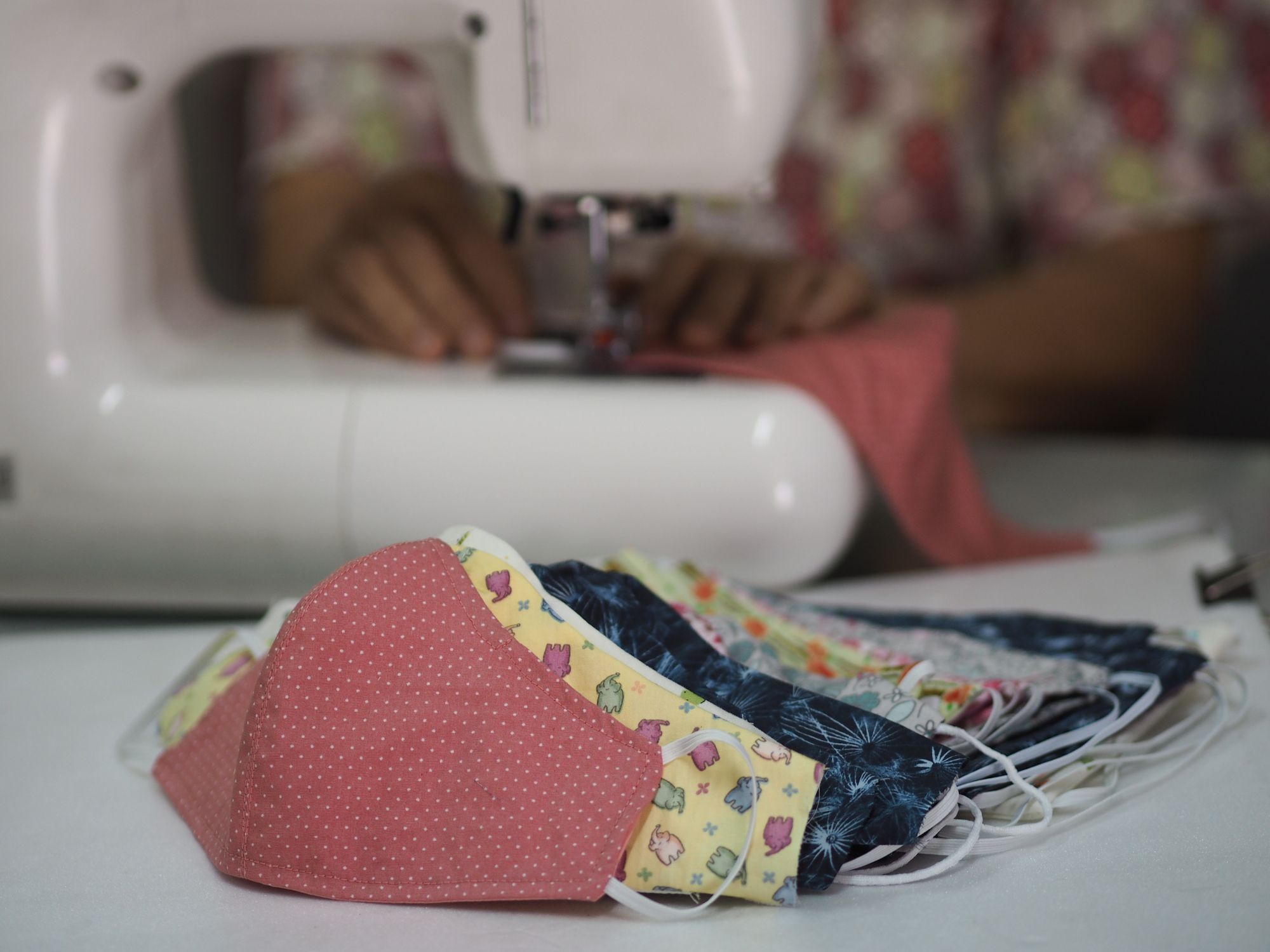using a fan blowing aerosol particles at typical resting breathing rate, the scientists measured the number and size of particles in the air before and after it passed through each mask. those made with a combination of fabrics — one tightly woven cotton sheet with two layers of chiffon (90 per cent polyester and 10 per cent spandex) — filtered out 80 to 99 per cent of aerosol particles, making them nearly as effective as an n95 mask.
substituting chiffon with natural silk or flannel produced similar results, as did a cotton quilt with cotton-polyester batting. researchers also report that high-thread count fabrics (like cotton) act as a mechanical barrier to aerosols, while fabrics that hold a static charge (like some chiffon and silks) can serve as an electrostatic barrier.
fit is key too. even a one-per-cent gap in the mask reduced the filtering efficiency of all masks by 60 per cent or more. it’s important to wash masks after every use to avoid cross-contamination, as well, so having more than one is useful.
montreal-based
frank and oak are also selling 100 percent reusable and adjustable cotton face masks. they’re double-layered and include a pouch for inserting additional filters. (they’ve also shared their
sewing pattern and instructions online.) the masks come in sets of two for $24. all proceeds will be donated to moisson montréal, which distributes food donations and basic commodities to those in need.
 3 minute read
3 minute read









